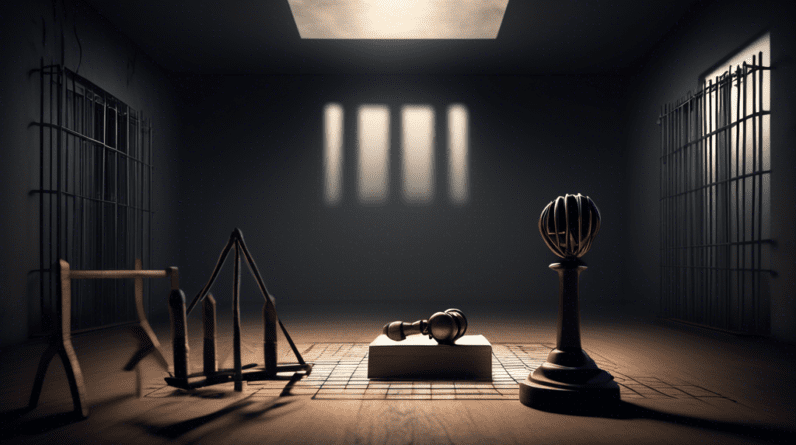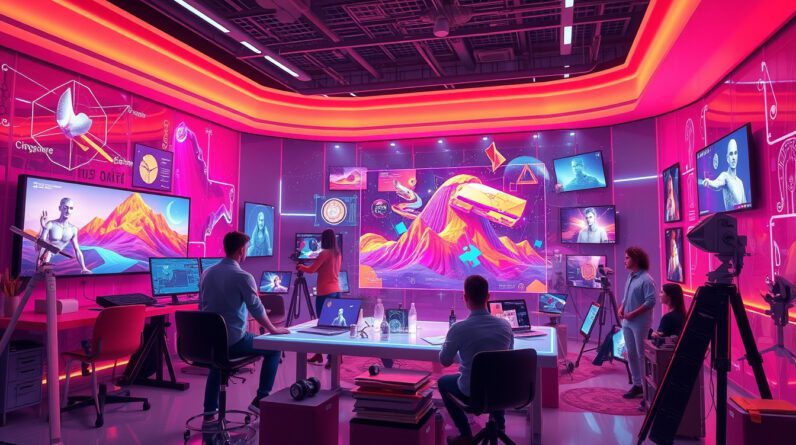
AI-Generated Child Abuse Images: A Grave Threat and Its Legal Ramifications
The rapid advancement of artificial intelligence (AI) has brought numerous benefits, but it has also introduced severe consequences, particularly in the realm of child exploitation. Recent developments reveal a disturbing trend where individuals, like the man sentenced to 18 years in prison, are exploiting AI to create and distribute child abuse images. This article delves into the details of this issue, the technological methodologies used, and the legal and ethical implications surrounding it.
AI-Generated Child Abuse Images
In recent months, paedophiles have increasingly leveraged AI technology to generate explicit images of children. These images are derived from existing photographs, resulting in disturbing content that contributes to the broader problem of online child exploitation. Since September, approximately 3,000 AI-generated child abuse images have been disseminated on the dark web, raising significant concerns among law enforcement agencies and child protection advocates.
Severity and Age Groups Affected
The images produced vary considerably in their severity, with 564 representing the most extreme forms of abuse, including sexual torture, rape, and even bestiality. These images involve children across a range of age groups, with 1,372 depicting children between 7 and 10 years old, 143 involving children between 3 and 6 years old, and worryingly, two involving infants less than two years old.
Legal and Ethical Implications
Under the Protection of Children Act 1978, the creation, distribution, and possession of these images are unequivocally illegal. Although these materials are AI-generated, they are not seen as victimless crimes. Many AI models are trained using real photos of children, thus perpetuating harm on those individuals by immortalizing their likenesses in exploitative scenarios.
Techniques Employed by Offenders
Offenders have turned to AI for various nefarious purposes, including the de-aging of celebrities to depict them as children in sexualized contexts. Another unsettling trend is the use of AI to ‘nudify’ clothed images of children, which are then uploaded online for distribution among predatory circles.
The Dangers of Normalizing Child Abuse
The proliferation of AI-generated child pornography poses a grave risk by normalizing child abuse in society. This normalization threatens to translate into increased instances of real-world abuse. There’s an urgent call for action from authorities to prevent these AI-generated images from being perceived as part of acceptable behavior, either online or offline.
Regulatory and Law Enforcement Responses
With the UK’s forthcoming Online Safety Bill, social media companies will be held accountable for the content hosted on their platforms. However, the bill does not yet extend to AI companies whose technologies are being abused for creating such images. To address the growing risks, the UK government is organizing an AI safety summit, demonstrating their commitment to tackling these challenges.
International Collaborative Efforts
The fight against AI-generated child exploitation content is not restricted to the UK alone. International cooperation is essential. The UK is collaborating closely with other nations, including the United States, to innovate and develop robust solutions aimed at curbing the spread of such abhorrent material online. This partnership includes a joint commitment by the respective governments to tackle the issue vigorously.
Conclusion
The case of the individual sentenced to 18 years in prison serves as a grave reminder of the criminality and reprehensibility of exploiting AI to create child abuse images. As technology evolves, so too must our strategies and legal frameworks to protect the most vulnerable. Continuous international collaboration and regulatory advancements are crucial to ensuring that AI’s development does not outpace our ability to safeguard children from abuse and exploitation.




